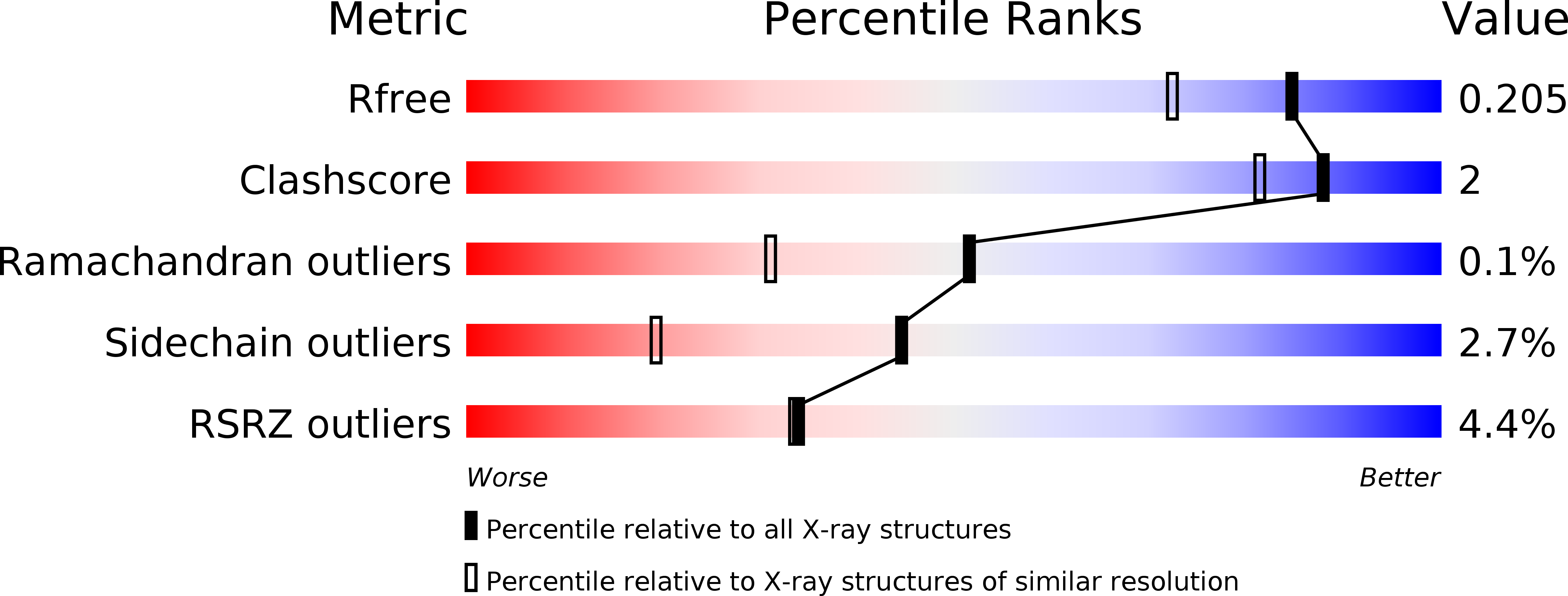
Deposition Date
2016-04-25
Release Date
2016-07-06
Last Version Date
2023-11-08
Method Details:
Experimental Method:
Resolution:
1.65 Å
R-Value Free:
0.19
R-Value Work:
0.17
R-Value Observed:
0.17
Space Group:
P 21 21 2


